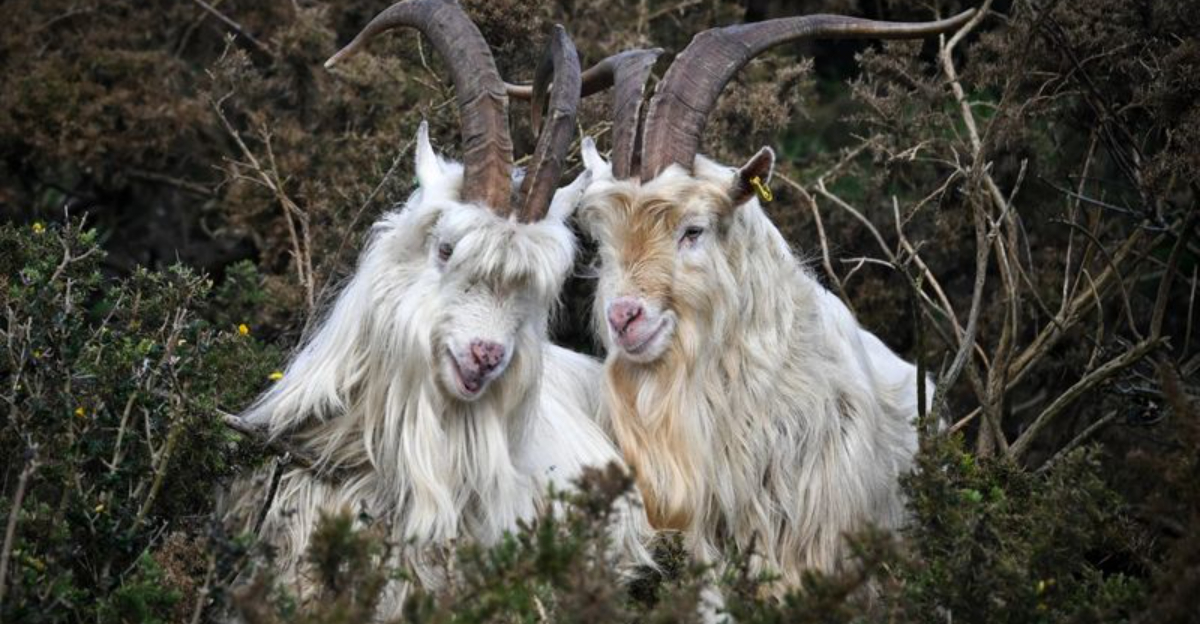Goats are fascinating creatures, known for their versatility and adaptability. While many are familiar with common breeds like the Boer or the Alpine, there are several lesser-known varieties that boast unique characteristics and histories.
Let’s explore some rare goat breeds that are not only intriguing but also showcase the incredible diversity within the species.
From unique physical features to unusual habitats, these goats exemplify the marvel of nature’s design. Whether you’re a livestock enthusiast or simply curious about animals, this list is sure to expand your understanding and appreciation of goats.
Let’s dive into the world of rare goat breeds.
1. Bagot Goat
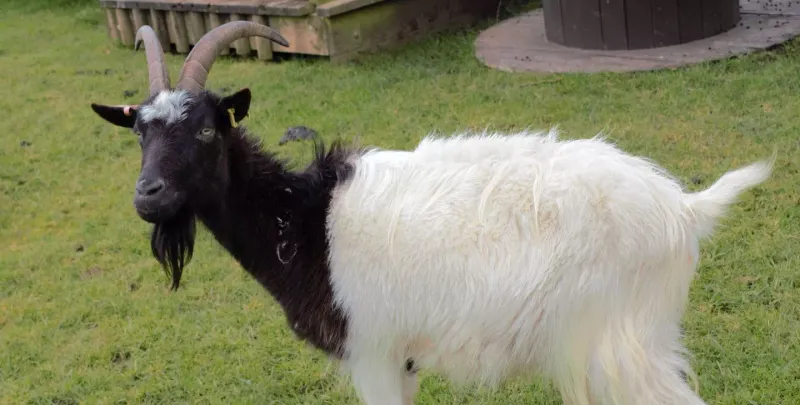
Roaming the picturesque landscapes of England, the Bagot Goat is a heritage breed shrouded in history. Known for its striking black and white markings, it easily captures attention and exudes a certain rustic charm.
Originating from the late 14th century, it is believed to be one of the oldest goat breeds in Britain, having survived through the times thanks to conservation efforts.
This breed thrives in rough terrains and adapts well to various climates, making it a resilient survivor. Despite its adaptability, the Bagot Goat remains rare, with limited numbers found predominantly in the UK.
The Bagot Goat’s docile nature and hardiness make it a great choice for those interested in biodiversity conservation and heritage farming. Its diet mainly consists of shrubs and rough foliage, aligning with its natural habitat’s offerings.
With increasing interest in preserving rare breeds, the Bagot Goat stands as a symbol of agricultural history and biodiversity.
2. Girgentana Goat
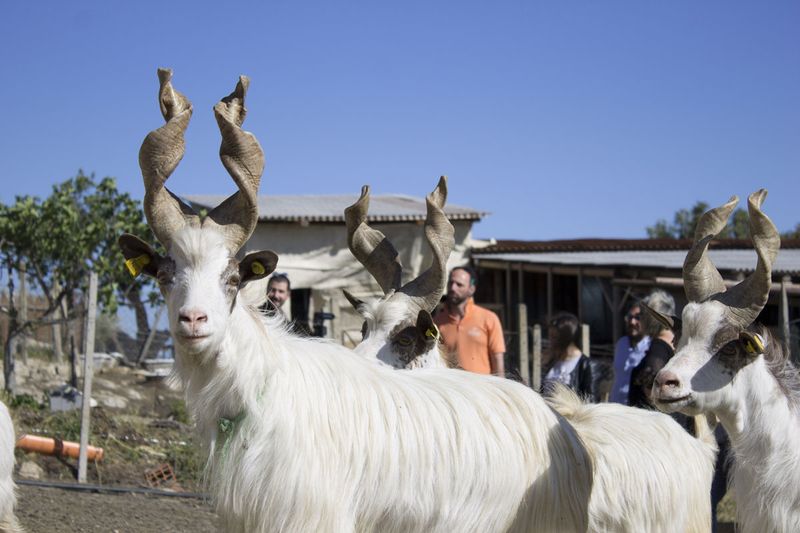
With its long, spiraling horns, the Girgentana Goat is truly a spectacle of nature. This breed hails from the sun-drenched lands of Sicily, where it has roamed for centuries. Its horns, resembling twisted ribbons, set it apart from other goats, making it a unique addition to any farm or landscape.
The Girgentana is not just about looks; it is renowned for its high-quality milk, which is prized for cheese production. This breed’s milk has a distinct flavor, cherished in local culinary traditions.
However, the Girgentana Goat faces challenges due to declining numbers, primarily tied to changes in agricultural practices.
Conservation efforts are crucial to ensure its survival. Those interested in sustainable farming and rare breeds find the Girgentana Goat a fascinating subject. Its resilience and adaptability make it a viable option for those looking to diversify their farm’s offerings while contributing to conservation.
3. Valais Blackneck
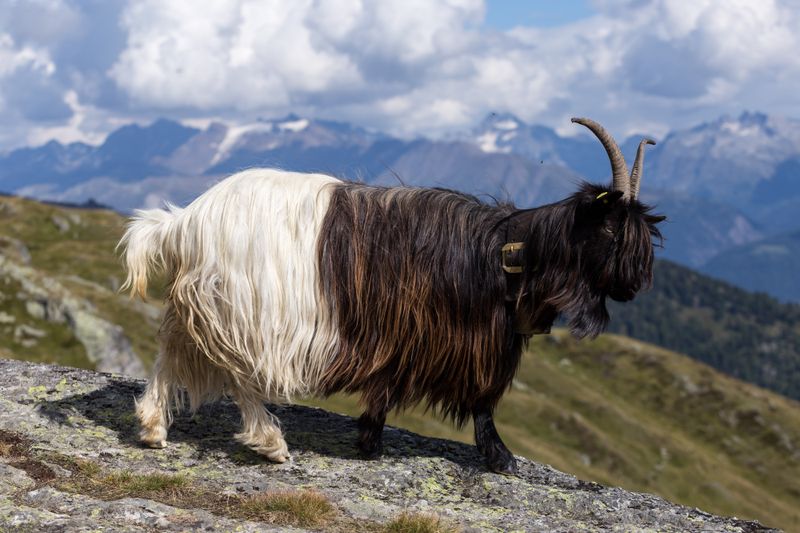
Emerging from the mountainous regions of Switzerland, the Valais Blackneck Goat is a striking breed with its stark black and white coat.
The contrast in its coloring makes it an eye-catching presence in any herd. Known for its adaptability to high altitudes, this breed thrives in mountainous terrains, showcasing resilience and robustness.
Valais Blackneck Goats are primarily used for milk production, with their milk being a key ingredient in local cheeses. Their ability to forage on steep and rocky slopes makes them ideal for maintaining pasture health.
Despite its appealing traits, the breed’s numbers have dwindled, raising concerns among conservationists. Efforts are underway to preserve its lineage, encouraging farmers to adopt this breed.
Its unique appearance and strong work ethic make the Valais Blackneck a valuable addition for those passionate about preserving rare breeds and enhancing agricultural diversity.
4. Arapawa Goat
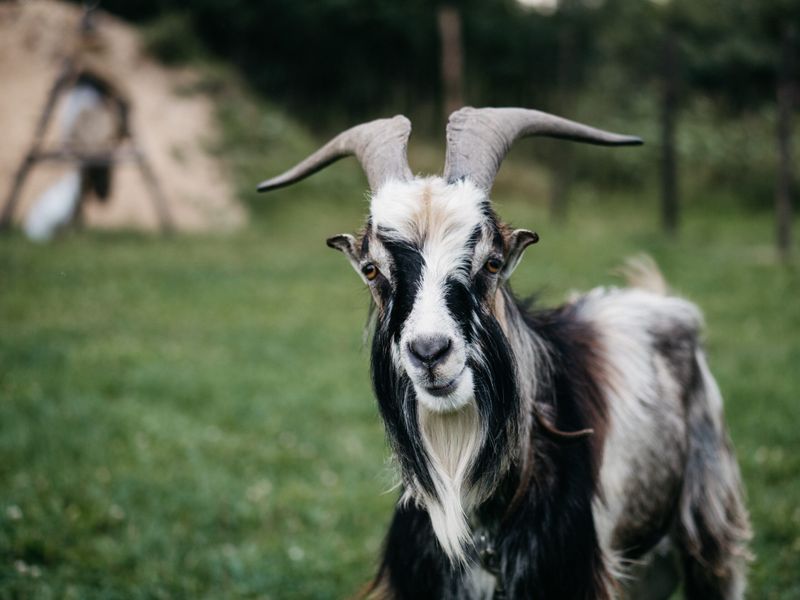
Nestled in the lush forests of New Zealand, the Arapawa Goat is as wild as it is rare. Its origins are somewhat mysterious, adding to its allure and appeal.
With a rugged appearance, it embodies the untamed spirit of its habitat. Historically, these goats were left to roam freely, contributing to their hardy and independent nature.
The Arapawa Goat is recognized for its foraging abilities, often thriving on sparse vegetation. This characteristic makes it a useful breed for managing and restoring native vegetation.
Today, conservationists are working to secure the future of the Arapawa Goat. Due to its limited population, every effort counts in preserving this unique breed.
Its wild heritage and ecological significance make it a key focus for biodiversity enthusiasts. Adopting Arapawa Goats can be an enriching venture for those invested in environmental conservation and rare breed preservation.
5. San Clemente Island Goat
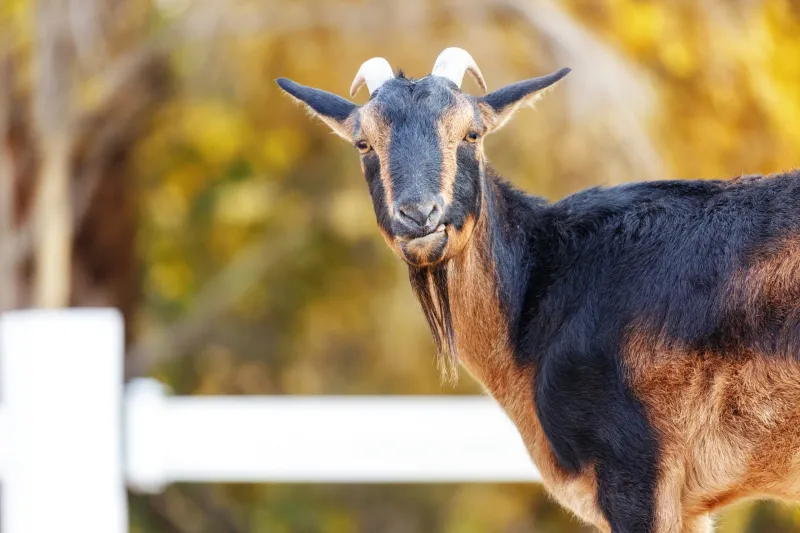
Isolated on a small island off California’s coast, the San Clemente Island Goat has adapted uniquely to its environment. This breed is small and agile, traits developed through generations of navigating the rugged island terrain. The goats have a distinctive look with varied coloration and a petite frame.
Historically, they were introduced to the island and left to adapt, leading to a hardy breed capable of surviving with minimal human intervention. Their history is a testament to their resilience and adaptability.
Today, these goats are considered rare, with conservation efforts aimed at preserving their lineage. Enthusiasts interested in rare breed conservation find the San Clemente Island Goat an intriguing subject.
Its unique history and adaptability offer valuable insights into conservation practices and genetic diversity within livestock populations. Supporting their preservation contributes to the broader efforts of maintaining biodiversity in agriculture.
6. Screwhorn Antelope Goat
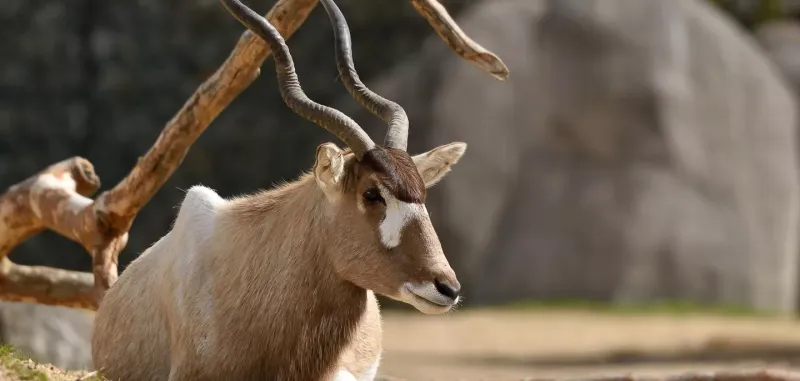
Native to the arid regions, the Screwhorn Antelope Goat is known for its impressive, spiraling horns that resemble those of an antelope. This unique feature not only makes it a visual marvel but also serves practical purposes in its natural habitat.
The breed is highly adapted to harsh environments, able to survive on minimal water and sparse vegetation. This resilience is admired by farmers looking to raise livestock in challenging conditions.
Though not widely known, the Screwhorn Antelope Goat is gaining attention for its potential in sustainable farming. Its ability to thrive in arid environments makes it an asset in regions facing climate challenges.
Conservationists highlight the importance of maintaining its genetic diversity for ecological stability. Those with an eye for unique livestock will find this goat’s distinctive horns and adaptability particularly appealing, adding both aesthetic and practical value to their endeavors.
7. Kri-Kri Goat
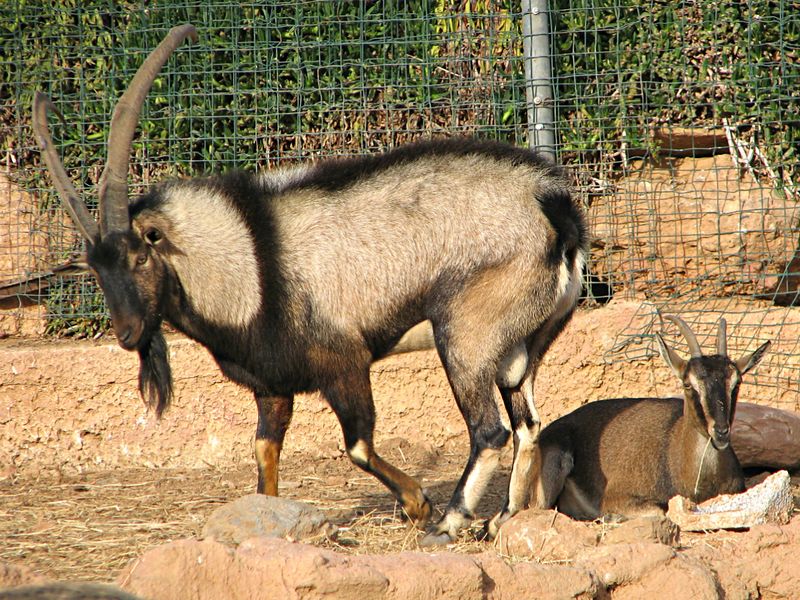
Scaling the rocky cliffs of the Greek isles, the Kri-Kri Goat is a symbol of agility and survival. Known for its remarkable climbing abilities, it navigates steep terrains with ease, a skill honed over centuries of island living. Its slender frame and keen sense of balance make it a marvel of adaptation.
This breed is a descendant of the wild goats of Crete, retaining much of its untamed characteristics. Its diet consists largely of shrubs and herbs indigenous to its native landscape, aiding in natural vegetation management.
Efforts are in place to preserve the Kri-Kri Goat due to its limited numbers and ecological importance. For conservationists and farmers alike, this goat offers insights into sustainable land use and biodiversity.
Its presence helps maintain the ecological balance of its habitat, making it a crucial participant in conservation programs aimed at protecting the unique ecosystems of the Greek isles.
8. Changthangi Goat
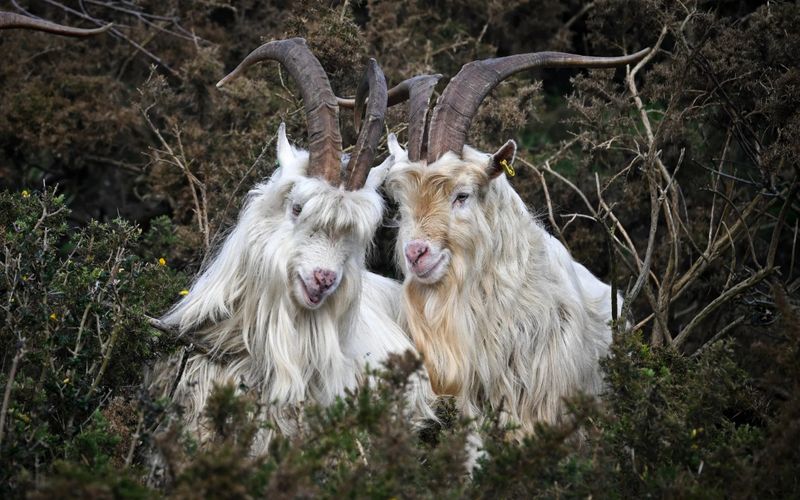
Covered in thick, luxurious wool, the Changthangi Goat is a native of the Himalayan regions. Its fleece, known as Pashmina, is highly prized for its softness and warmth, making it a valuable resource in the textile industry.
This breed is well adapted to the cold, arid climate of its homeland, showcasing impressive resilience and hardiness.
The Changthangi Goat thrives in high-altitude regions, grazing on sparse vegetation found in its harsh environment. Its ability to survive and produce high-quality wool under challenging conditions makes it a cornerstone of local economies.
Conservation efforts focus on maintaining the breed’s genetic purity and promoting sustainable farming practices.
For those interested in luxury textiles and rare breeds, the Changthangi Goat represents both economic and ecological significance. Supporting its preservation aids in protecting the livelihoods of communities dependent on its valuable wool and helps sustain the biodiversity of the Himalayan ecosystems.
9. Damascus Goat
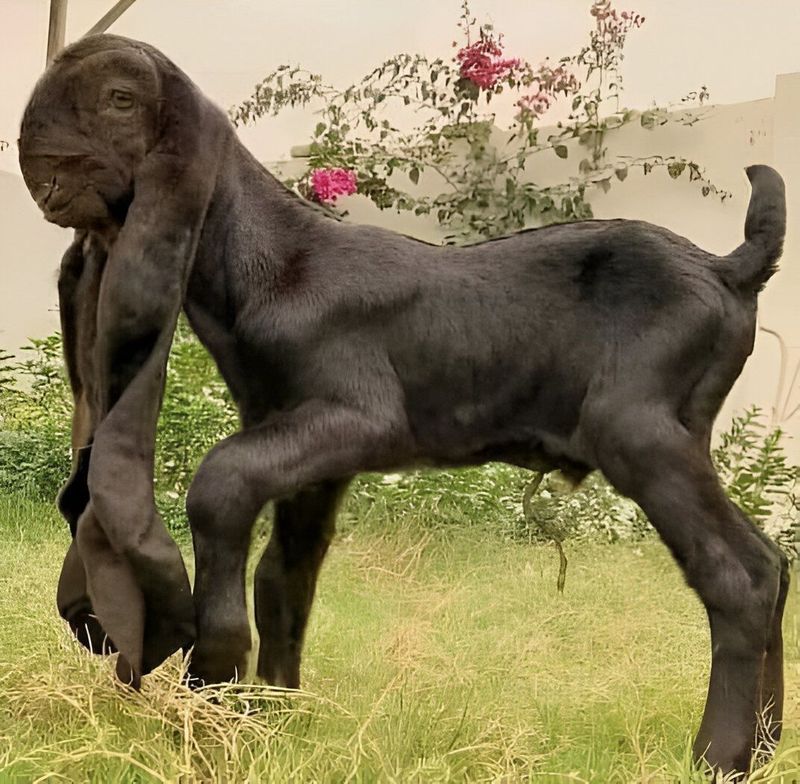
Renowned for its distinctive appearance, the Damascus Goat is a unique breed hailing from the Middle East.
Its unusual head shape and long, silky coat make it easily recognizable, drawing attention wherever it goes. This breed is not just about looks, though; it is known for its high milk yield and strong maternal instincts.
Popular in Lebanon and Syria, the Damascus Goat has been integral to local farming practices. Its milk is highly valued, contributing significantly to the production of dairy products in the region.
Efforts to conserve this breed focus on enhancing its genetic diversity and adapting it to modern agricultural conditions.
Those interested in dairy farming and rare breeds find the Damascus Goat a worthy investment. Its unique characteristics and productive capabilities make it an attractive option for farmers looking to diversify their livestock and preserve agricultural heritage.
10. Fainting Goat
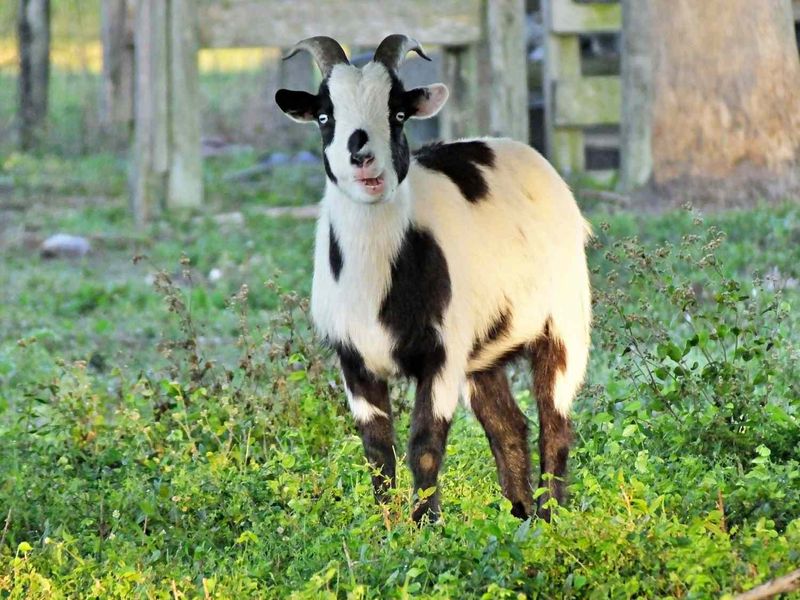
Often a subject of fascination, the Fainting Goat is known for its unusual reaction to stress.
When startled, its muscles temporarily stiffen, causing it to fall over—a phenomenon known as myotonia congenita. This quirky trait makes it a beloved and entertaining addition to farms, as well as a point of interest for researchers studying genetic conditions.
Despite its name, the Fainting Goat doesn’t actually lose consciousness. The temporary stiffness is harmless and doesn’t affect its health, though it adds an element of surprise and amusement to its every day.
Beyond its entertaining antics, the Fainting Goat is also appreciated for its meat and milk. Its manageable size and gentle disposition make it suitable for small-scale farming.
For those curious about unique genetic traits or looking to diversify their livestock, the Fainting Goat offers both practical benefits and delightful company.

